Is Zebra’s CS60 Companion Scanner Part of Your Next Store Modernization Strategy?
With so many modernization options available today, it may be tempting to just jump into the latest and greatest device. However, the key to a successful modernization strategy lies in careful planning. That’s where versatile technologies such as Zebra’s CS60 barcode scanner can be quite useful as it provides an adaptable and scalable modernization option to overcome present and future retail challenges.
Who Can Benefit from the No-Compromise Companion Scanner?
While Zebra’s new CS60 companion scanner is set to enhance storefront workflows, there are a few questions you can ask yourself to assess implementation possibilities before integrating the next generation of mobile retail data capture:
1. Are you currently using multiple scanners for varying scanning needs?
Different tasks may require different scanning capabilities such as hands-free for contactless transactions. Instead of managing multiple corded and cordless scanners throughout the store, convertible scanners like the CS60 can reduce the number of deployed devices, ultimately reducing TCO in the long run.
2. Are associates utilizing scanners in non-traditional settings consistently?
While handheld scanners are traditionally used in the checkout lanes, they have also made their way into inventory management and cycle counting as automated data capture is proven to reduce data entry errors. Mobile scanning enables automated data capture in space-constrained counters, self-service kiosks, and shopping aisles, allowing your associates to stay efficient anywhere they go.
3. Do you need to simplify your device management plan?
Multiple devices mean multiple service and repair plans. Not only does the CS60 preform in various scanning scenarios but its inductive charging feature also eliminates the need for constant recharging. Zebra’s WiFi Friendly mode also secures scanner efficiency without WiFi interruptions. Lastly, pre-installed Virtual Tether prevents device loss by keeping scanners within range and locating misplacements within seconds.
If you answered yes to any of the questions above, your operations may benefit from new data capture devices like the Zebra CS60. To learn more about how you start modernizing your storefront, contact us for a free consultation.
Infographic: Datalogic’s RIDA DBT6400 Series Bluetooth Pocket Scanners
Datalogic’s RIDA DBT6400 cordless imager with Bluetooth wireless technology is the ideal workmate for connection with mobile devices. The imager is a small, ergonomic, perfectly hand-fitted wireless device with a modern and elegant design.
The RIDA DBT6400 imager pairs easily with Android, Apple iOS and Windows Mobile devices as well as standard laptops equipped with Bluetooth wireless technology. This imager reads 1D and 2D bar codes, damaged or poorly printed codes and barcodes on mobile phone screens. Its main features include image capture capability, white illumination and the most efficient aiming system in the market place.
Datalogic’s New RIDA DBT6400 Companion Scanner for Mobile Devices
 Datalogic’s new RIDA DBT6400 2D area imager is a cordless device with Bluetooth connectivity to be used in connection with mobile devices. The elegant and stylish design is small, pocket-sized and fits perfectly into the palm of a hand. This light weight device, with Datalogic’s patented ‘Green Spot’ technology for good read feedback easily connects with tablets, smart phones, laptops and computers – with an omni-directional camera for superior data capture on all 1D/2D codes.
Datalogic’s new RIDA DBT6400 2D area imager is a cordless device with Bluetooth connectivity to be used in connection with mobile devices. The elegant and stylish design is small, pocket-sized and fits perfectly into the palm of a hand. This light weight device, with Datalogic’s patented ‘Green Spot’ technology for good read feedback easily connects with tablets, smart phones, laptops and computers – with an omni-directional camera for superior data capture on all 1D/2D codes.
The DBT6400 RIDA imager is available in a standard as well as a Disinfectant Ready version which has an Anti-Microbial coating.
- The standard version targets retail applications including traditional or mobile POS, assisted sales, shelf replenishment, price verification, inventory management and more.
- The healthcare version is equipped with a disinfectant-ready and anti-microbial enclosure making it ideal for bedside point-of-care, disposable inventory management, sample tracking, laboratory use and more while helping to prevent cross-contamination.
Key Features
- Palm-sized form factor
- Imager reads any 1D or 2D bar code
- Bluetooth wireless technology
- Lanyard and holder included with each purchased unit
Battery Types Explained: NiMH vs Li-Ion
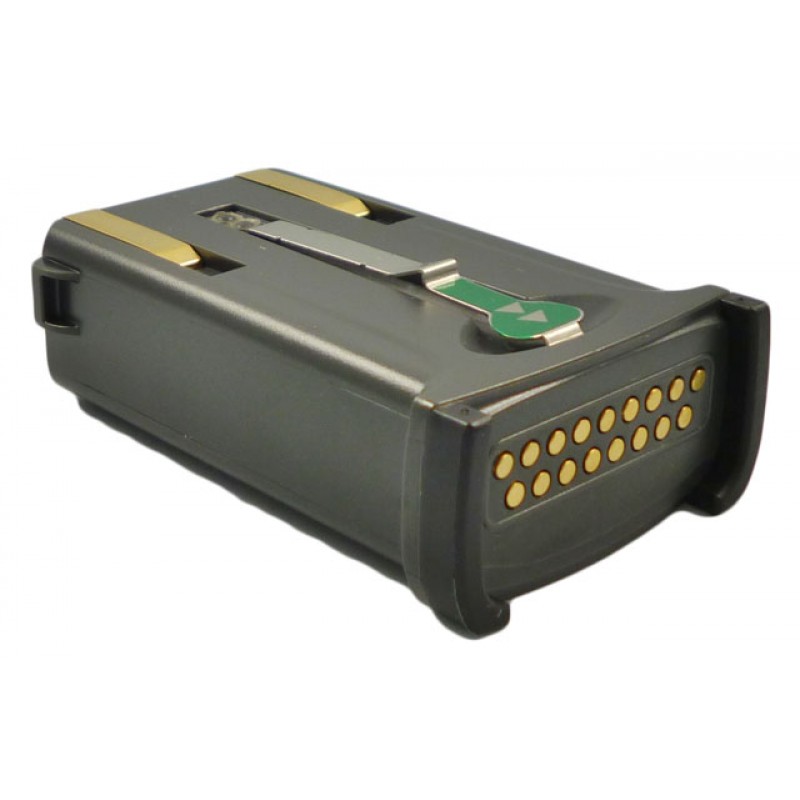 It’s still surprising to see that there are still NiMH (nickel–metal hydride) batteries being used in some non-industrial Bluetooth scanners
It’s still surprising to see that there are still NiMH (nickel–metal hydride) batteries being used in some non-industrial Bluetooth scanners
Cons of NiMH batteries include:
- NiMH suffers from “memory effect.” Memory effect describes the specific situation in which NiMH batteries gradually lose their maximum energy capacity if they are repeatedly recharged after being only partially discharged. The battery appears to “remember” the smaller capacity.
- High self-discharge rate. NiMH batteries lose their charge as they sit.
- It takes longer to charge them.
- Cannot operate at extreme temperatures. At extreme temperatures, NiMH voltage output will drop.
Advantages of NiMH:
- It’s cheaper.
Advantages of Li-Ion:
- Smaller and lighter.
- Faster recharge.
- Minimal discharge when not in use.
- Temperature tolerance. It can tolerate low temperature and warmer environments compared to NiMH cells.
- It is not susceptible to voltage depression, aka memory effect.
White Paper: Bluetooth Barcode Scanners
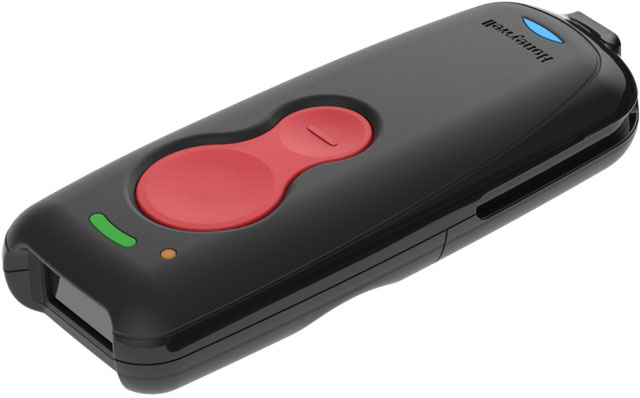 What are they?
What are they?
Barcode scanners come in all shapes, sizes, colors, and connection types. In the past, most businesses would utilize a corded barcode scanner that would connect to a PC computer via a USB, Serial, or PS/2 Keyboard Wedge interface. Now, with the world migrating towards a mobile, or cordless, platform, Bluetooth is becoming more prevalent in the data capture industry. Bluetooth is a short-range wireless communication standard that interconnects electronic devices. Similarly, Bluetooth Barcode Scanners are offered in a handheld cordless form factor, and communicate to their respective base/cradle or directly to a mobile device, such as a smartphone or tablet, via Bluetooth. After a huge demand from small and medium-sized business owners to incorporate iPads, iPhones, Galaxy Tabs, and other smartphone or tablet devices into their workforce management workflow, Honeywell invested extensive time and resources into building barcode scanners that are equipped with Bluetooth technology in order to pair them with consumer mobile devices. Now, business owners have the ability to manage inventory or track assets at the tip of their hands by pairing a Bluetooth barcode scanner with their smartphone or tablet.
Finding the Right Barcode Scanner – What Makes Them Different?
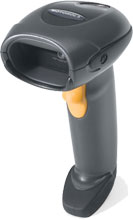
Selecting a barcode scanner may seem like a simple enough task at first glance but given the range of barcodes and how they are used today, it can quickly become a challenge to find the right one. Most scanners today are more than capable of reading well printed barcodes on a typical paper label. That said, uses for barcodes have expanded well beyond basic labels and many specialized scanners are available to meet the needs of specific applications. In the following we’ll cover some key features to consider when trying to select the best fit scanner for your needs.
1D or 2D – Printed or Electronic
Probably the most crucial first step in selecting a scanner is determining what kind of barcodes you will be reading. The traditional picket fence style 1D barcodes are still the most commonly used and are often printed on a label but you will find the use of 2D matrix style codes much more common today. Likewise, you may not just be reading barcodes on a printed label as more applications are embracing scanning off of smartphone screens or from codes directly etched/molded into a product. In the case of simple 1D barcodes on a label, your standard laser of linear imager will readily meet your needs. For 2D barcodes or applications reading from not printed surfaces, a full 2D imager will be needed to properly scan the code. 2D imagers are more costly but their main advantage is that they can essentially omnidirectionally read any barcode from almost any surface.
Denso Introduces SE1-QB Bluetooth Cordless 2D Barcode Scanner
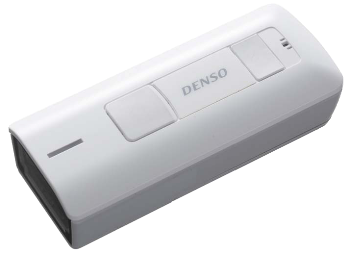 Denso has recently unveiled their new SE1-QB Bluetooth wireless 2-D barcode scanner. The easy to use and capable companion scanner for any smartphone or tablet.
Denso has recently unveiled their new SE1-QB Bluetooth wireless 2-D barcode scanner. The easy to use and capable companion scanner for any smartphone or tablet.
The lightweight yet durably built SE1-QB measures only 3.9 inches long, 1.6 inches wide, and 1.1 inches thick, and weighs only 2.1 ounces. The device is designed to serve as the front end of a mobile data capture system consisting of a bluetooth barcode scanner and host smartphone or tablet.
New Pop-Up iOS Keyboard using Socket Mobile Bluetooth Barcode Scanners
Many Bluetooth barcode scanners have a serious drawback when used with an iOS device due to the fact that Apple products recognize the scanner as a wireless keyboard and disable the the built-in virtual keyboard. This essentially means that anytime you want to manually type any information you have to uncouple the Bluetooth scanner to gain access to the on-screen keyboard again.
Obviously, this is a major problem for most users and counter acts any benefits gained with the scanner.
Luckily there are some manufacturers, like Socket, that have scanners capable of acting as a HID Bluetooth device which retains the virtual keyboard functionality by double tapping the power button to allow simultaneous scanning and keystrokes.
Check out this short video for a simple demonstration of this unique feature with Socket’s Apple certified CHS Series scanners
KoamTac’s New KDC20 Miniature Bluetooth Laser Barcode Scanner
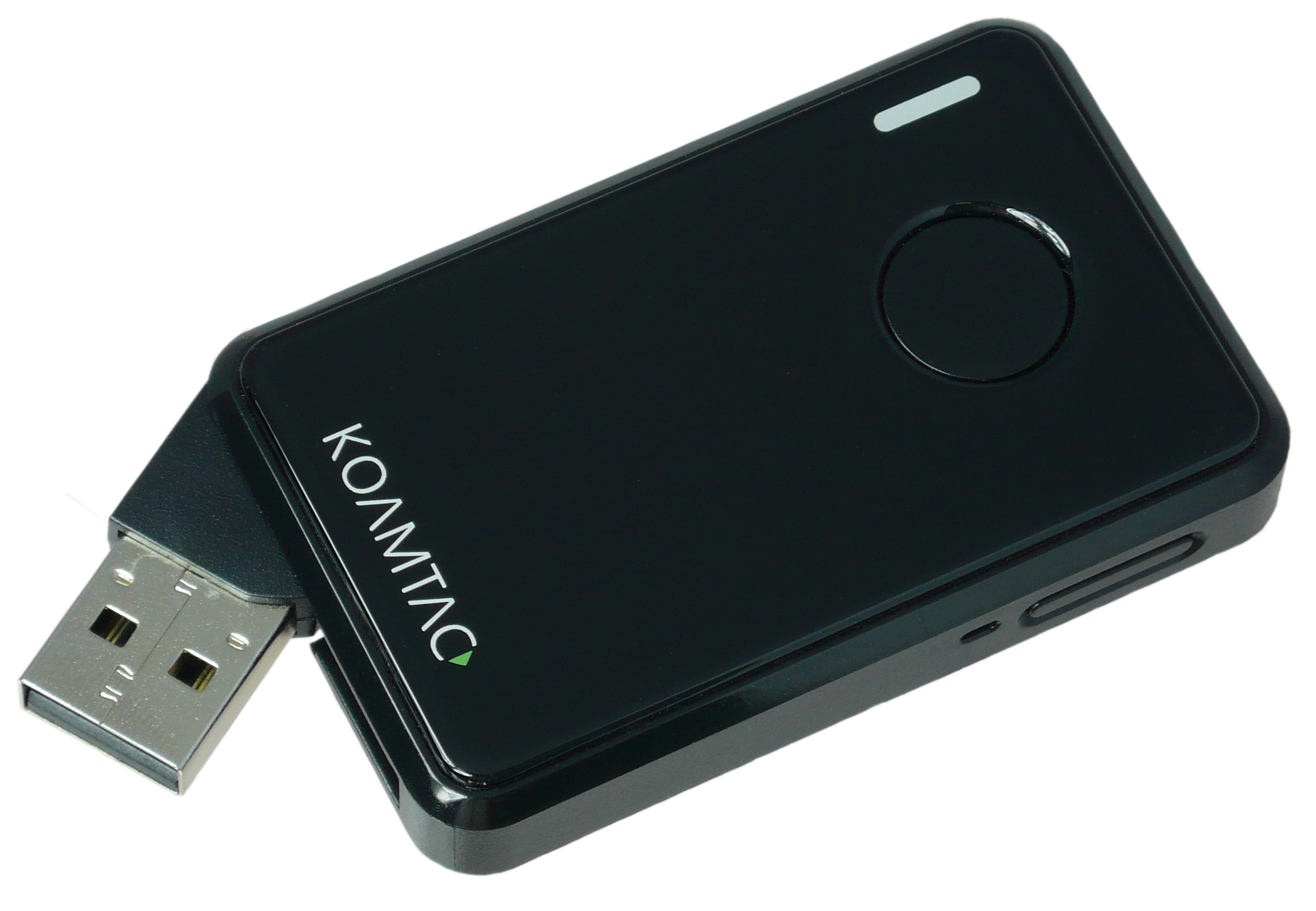 KoamTac has announced the release of its new KDC20 miniature laser barcode scanner at CONNECT 2014, KoamTac’s annual partner conference. The KDC20 is the company’s most cost-efficient, stand-alone Bluetooth scanner. Equipped with a convenient swing-out USB connector, the scanner conserves consumer resources by eliminating cables and enabling the use of off-the-shelf multi-USB charging solutions.
KoamTac has announced the release of its new KDC20 miniature laser barcode scanner at CONNECT 2014, KoamTac’s annual partner conference. The KDC20 is the company’s most cost-efficient, stand-alone Bluetooth scanner. Equipped with a convenient swing-out USB connector, the scanner conserves consumer resources by eliminating cables and enabling the use of off-the-shelf multi-USB charging solutions.
Highly configurable, the new device includes four buttons: scan, up and down (for controlling Bluetooth connections and remotely activating soft keyboards), and a delete key. Customizable features available include, a vibrating option and an optional backup battery for the real time clock. The scanner is certified by Apple for use with iOS devices, as well as, compatible with Android, Blackberry, Mac, and Windows devices
Code Releases New CR3600 DPM Bluetooth Barcode Scanner

Code has announced the availability of the Code Reader 3600 Direct Part Mark (CR3600 DPM). This new addition to Code’s product line provides an option for the CR3600 to read DPM barcodes.
Designed for applications that require process controls, component tracking, work-in-process (WIP) and assembly line monitoring, the CR3600 DPM handles barcode reading needs in Aerospace, Automotive, Pharmaceutical, DOD, and Semiconductor industries.
With an IP54 rating, the CR3600 DPM is rugged and durable for the most demanding of environments. Available in portable wireless palm and handled configurations, the CR3600 DPM reliably transmits barcoded data to a host device via a secure Bluetooth connection. With the capability of direct data input from its keypad the CR3600 DPM provides instant visibility of stored data on its brightly colored screen, making the CR3600 DPM the ideal mobile barcode reading solution for deployment where integration and versatility are required.





